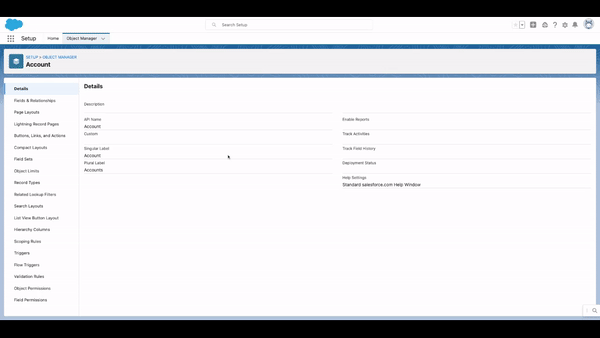Checking permissions in Salesforce is one common thing that all Salesforce admins must agree that takes time and is sacrificing, regardless whether it is for a new implementation or for some small action that a user wasn’t capable to execute.
This post has not intention to explain how to manage permissions via profiles, permissions sets or permission set groups, better than this, I want to share a virtuous way that I’ve taking in consideration in my daily basis whenever I need to check a small permission in a specific object.
All Salesforce users naturally shall be related to a Profile, It enables permissions for objects, fields, apps, features, etc; As consequence, primarily permissions are associated to profiles and permission sets, observe the pyramid model:

Profiles determine Object-Level Security (OLS) and Field-Level Security (FLS).
They control which objects a user is allowed to access (right or write capabilities) and which fields are visible and editable. You can create a fine-grained view of what’s available for a specific object type.
Problem
Managing permissions in a profile level may takes a hard work if the organisation has many profiles, therefore updating permissions for one specific field, object, etc would requisite to update all possible affected profiles.
EasyCrud
EasyCrud is a Google Chrome extension launched by Ravi Narayanan on Chrome WebStore, It allows Salesforce Admins and Developers to assign CRUD and FLS (Field-Level Security) Permissions from one Single Screen.
Straight away from the object you can have a relation of all permissions related to itself, Additionally it provides ability to export permissions in CSV and also generate dashboard for the permissions.
Solution
Simply CRUD and FLS (Field-Level Security) may be managed from the object manager setup. The Google Chrome Extension automatically creates two additional tabs on the object page in order to manage it.
Source:
O’REILLY – The sharing model
EasyCurd – Chrome Webstore

